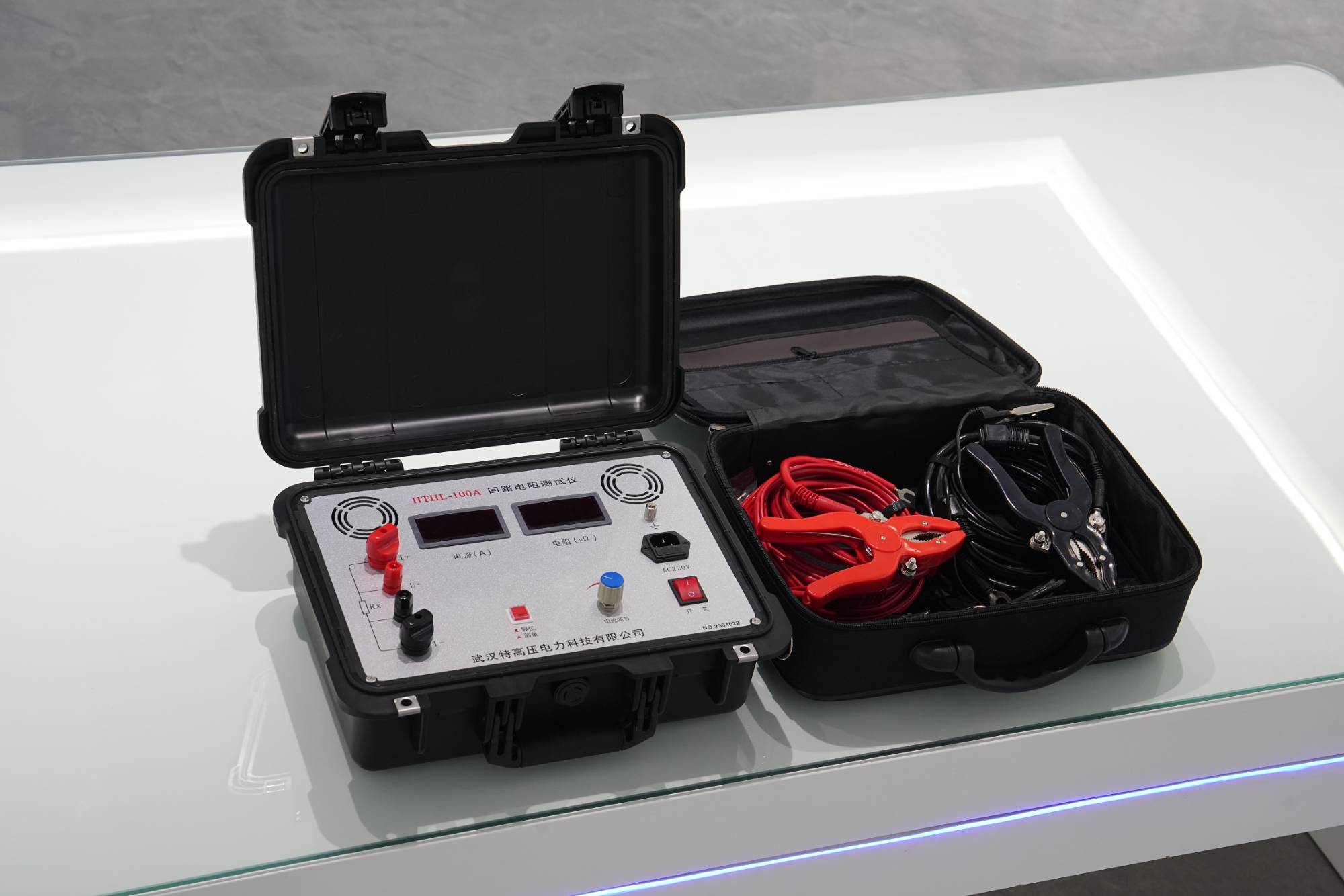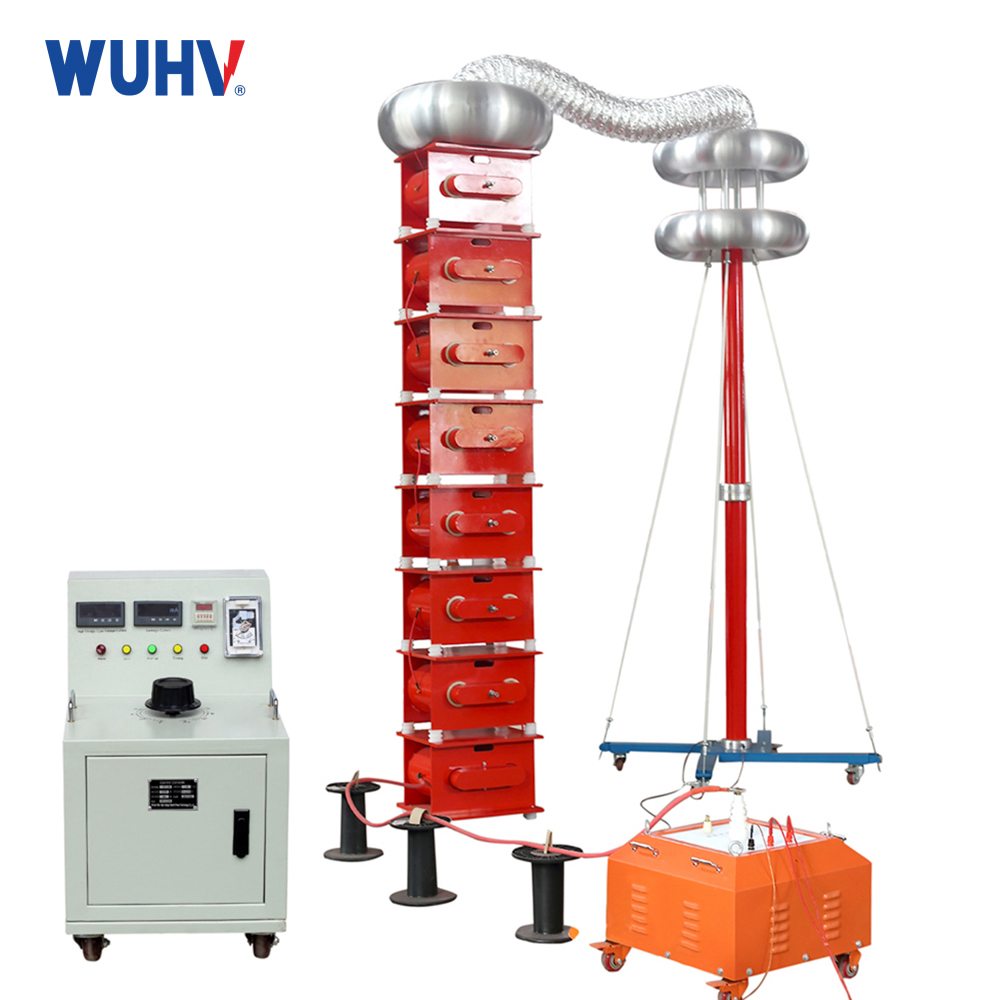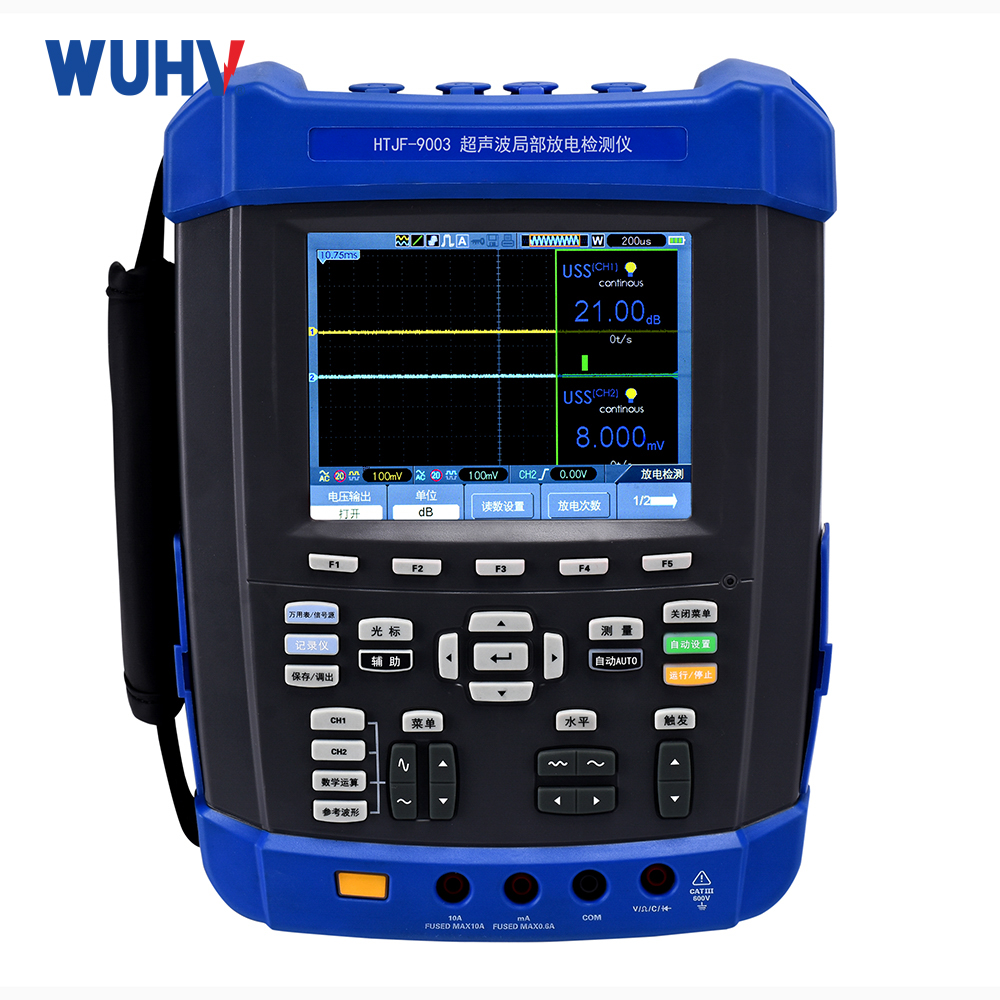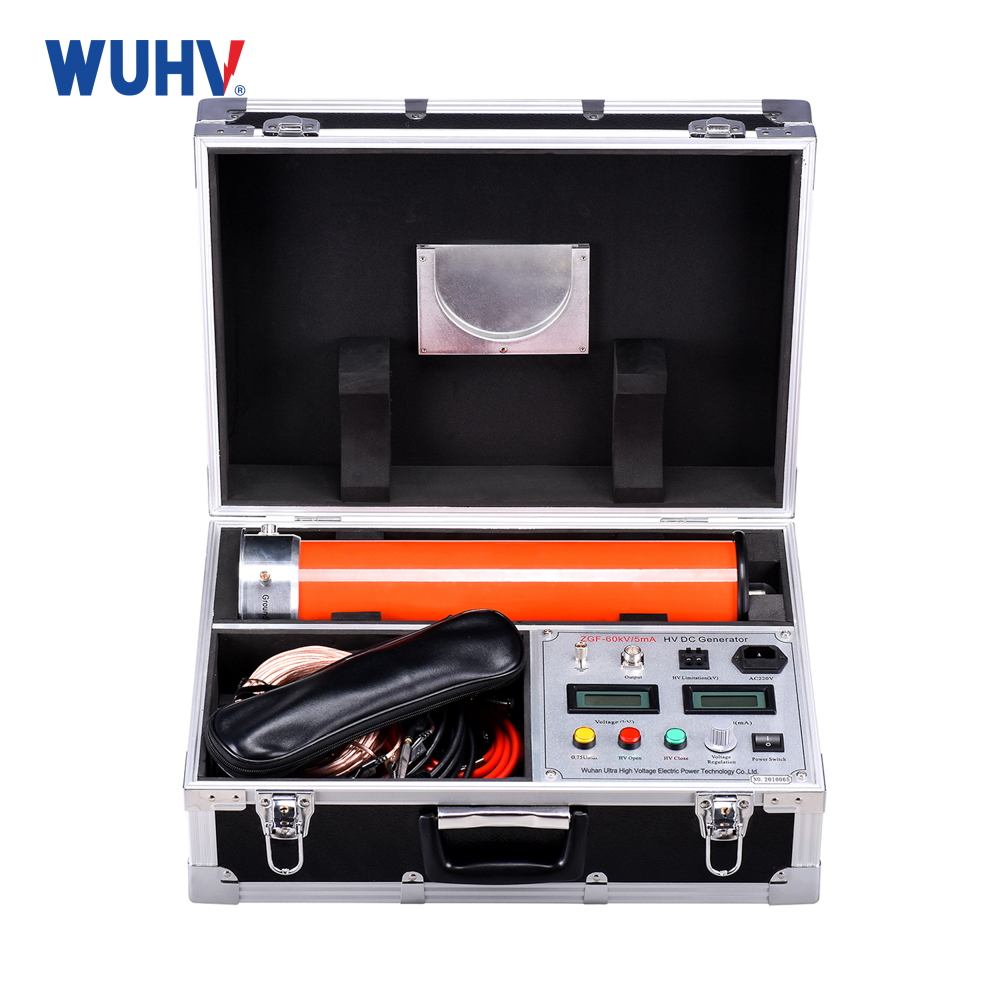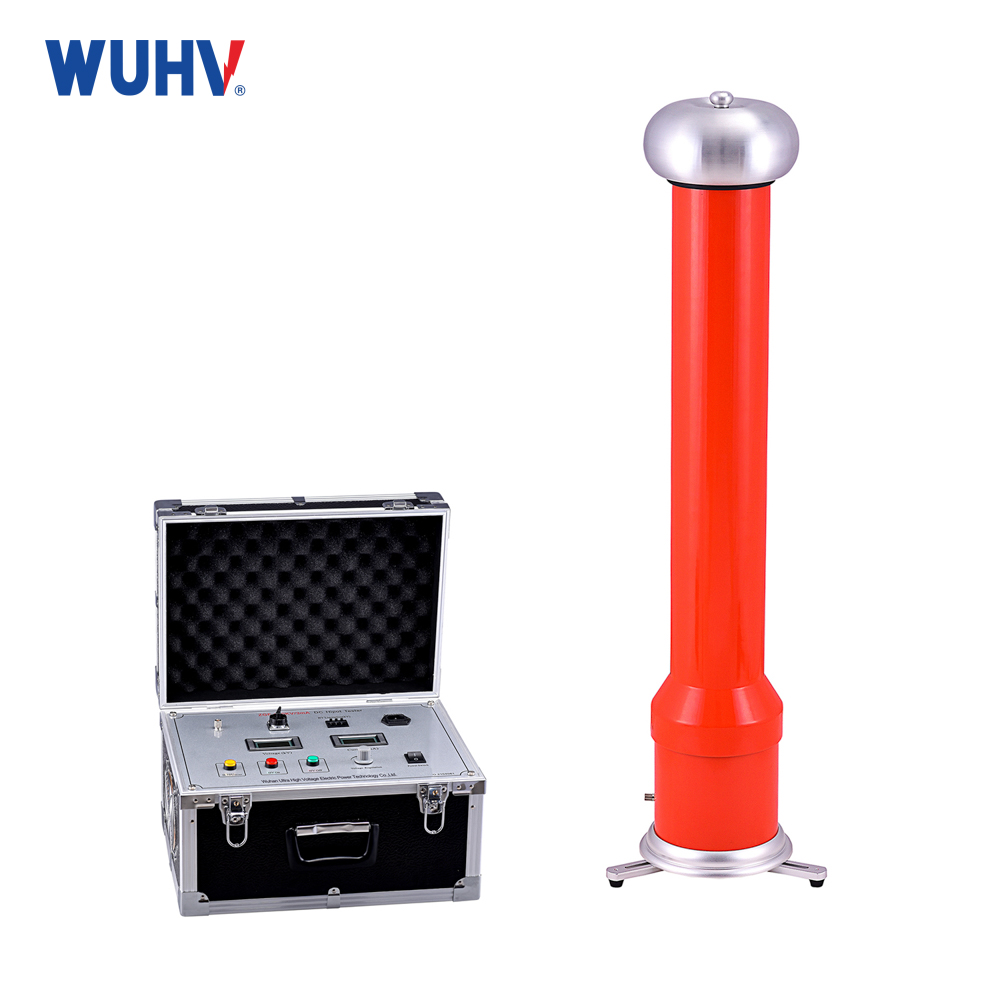The circuit resistance testerunder UHV power can help many power workers conduct various power tests more conveniently.
1. [Phenomenon] When connected to a 220V AC power supply, the fan does not make any sound. When the "test switch" is pressed, the ammeter and micro ohmmeter do not display. 【 Reason 】 The 220V AC power supply is blocked, and the fuse is not installed or blown. 【 Exclusion Method 】 Check and exclude. The 100A instrument fuse will burn out again if it is not lower than 6A, and the factory will solve it. (Do not connect to DC or 380V AC power supply)
2. 【 Phenomenon 】 Press the 'test switch', the ammeter displays no current, and the highest position of the micro ohmmeter displays' 1 '. [Reason] The 100A current circuit connection is incorrect. The tested switch is not closed. [Processing] Check the probe, reconnect it, and re clamp it. Turn off the switch.
3. [Phenomenon] The test current is normal, but the highest micro ohm value is displayed as "1". [Reason] The voltage clamp position is incorrect. The resistance value of the tested circuit exceeds 2000. The voltage signal line is disconnected or not connected. [Processing] Processing voltage signal circuit, clamp voltage clamp. When out of range: Use a multimeter to measure the voltage values of P1 and P2, resistance value=voltage value/current value.
4. [Phenomenon] The output current is several tens of times less than 100A. 【 Reason 】 The power supply voltage is too low, the internal resistance of the power cord is high or the contact is poor, and the voltage drop is too large when there is DC output, which cannot reach 190V. The C1 and C2 terminals are loose. Poor contact between the tested circuit and the test clamp. 【 Exclusion Method 】 Use a qualified power supply and handle the tested circuit with excessively long or thin power cords to eliminate poor contact. When twisting terminals C1, C2, P1, and P2, apply appropriate force. (Reliable test current at 30A test value)
5. [Phenomenon] The test current is normal, but the micro ohm value is abnormal and not repeated. 【 Reason 】 Poor contact of voltage signal circuit, always on and always off. The resistance of the tested resistor itself has poor contact and changes in resistance. 【 Exclusion method 】 Ensure good and reliable contact. Check and eliminate.
6. [Phenomenon] The test current is normal, but the micro ohmmeter shows negative values. 【 Reason 】 The voltage clamp is misaligned and the positive and negative poles are reversed. [Exclusion Method] Correction should be: P1+,P2|。
7. [Phenomenon] During calibration testing, sometimes the displayed values fluctuate greatly. [Reason] During the verification test, the test wire was in the shape of an induction coil and did not spread apart. 【 Exclusion method 】 Open the probe and reduce its inductance and mutual inductance.


